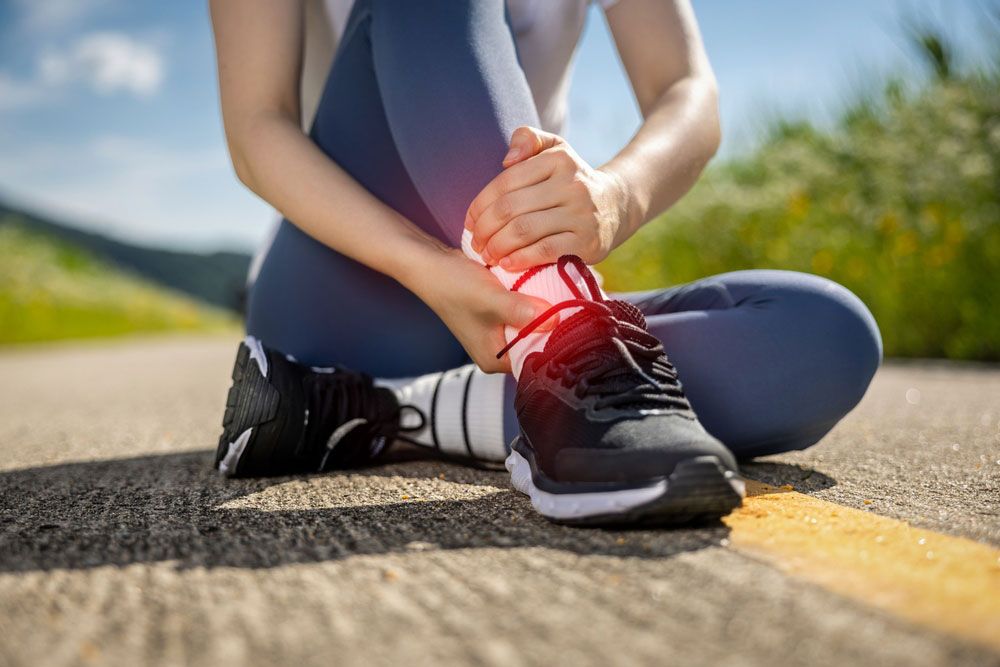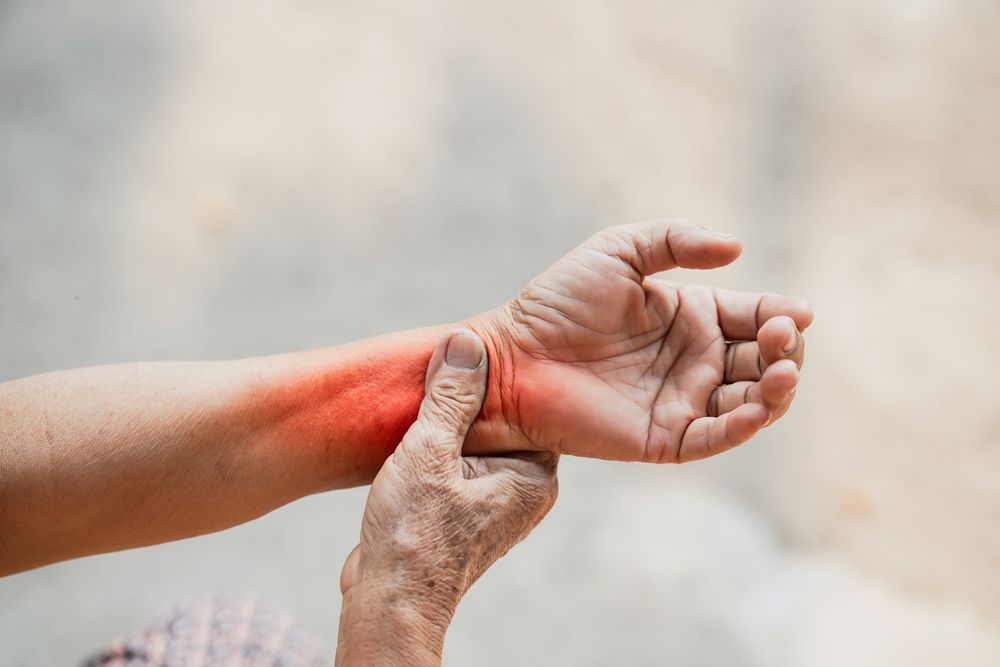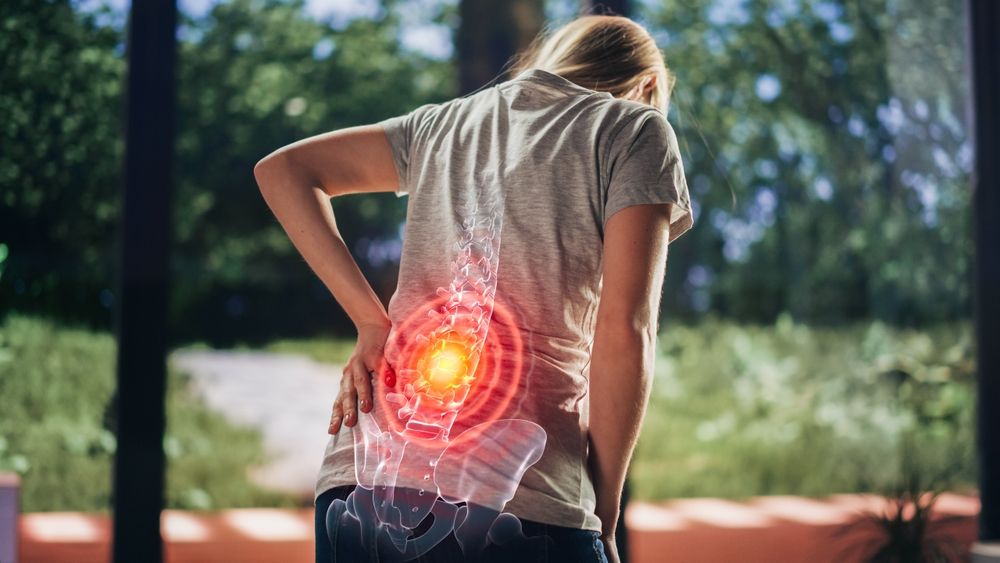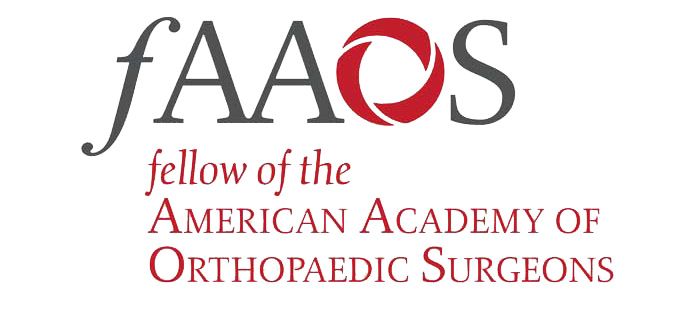Our hips play an essential role in our body mechanics that may come as a surprise to some. It’s vital for walking around, supporting us when we reach. It bears a significant portion of our body weight in numerous postures. A healthy hip joint provides strength and flexibility, so learning how to care for your hips is essential to lasting health and mobility. At Dearborn & Associates Institute for Joint Restoration, we help our patients with practical techniques for keeping their hips healthy and mobile for years.
Tips For Priming Your Hips For Healthy Mobility
Our hips are the largest ball-and-socket joints in our body, formed by the head of the femur sitting securely into the acetabulum. The femur is also known as the thigh bone. At the same time, the acetabulum is a hemispherical depression in our pelvic bone, the socket for our hip joint. Coating the ends of the femur and the surface of the acetabulum is a flexible, smooth, and strong material known as cartilage. Adding further stability to the hip joint is the labrum/ The album surroundings the acetabulum’s outer edge, deepening the pelvic socket while not interfering with flexibility.
Surrounding the joint are thick, powerful muscles that cover our thighs and buttocks. These muscles provide the strength and stability to permit a broad range of motion while supporting us. There are three ranges of motion that the hip is capable of. These ranges of motion are:
- Flexion and Extension – This range of motion describes the forward and back motion of the thigh.
- Abduction and Adduction – This describes lateral motion towards and away from our body.
- Rotation – The thigh can also rotate externally and medially, away or towards the body’s midline.
Ligaments and tendons are another essential part of our hip joint, helping to improve stability and strength and prevent overextension in any direction. The entirety of the hip joint is ensconced in a synovial membrane that holds synovial fluid. This fluid helps to circulate nutrients as well as lubricate the hip joint.
What Is Priming, And How Does It Help?
Now that you understand the basic structure of the hip, you’re probably wondering what priming is and how it helps your hip. Priming is another term for ‘activating’ your hip joint and its attendant structures. Stretching is an integral part of this process and helps to maintain mobility while preventing injury to your hip. While priming your muscles is essential to someone living an active lifestyle, it has notable benefits for anyone hoping to maintain their body’s lasting health and flexibility.
Want Help Developing A Priming Routine Suitable For Your Health?
Priming is essential to avoiding complications with your joints and recovering from joint restoration. When you meet with the Dearborn & Associates Institute for Joint Restoration team, we’ll help you develop a routine for priming your hip joint to aid in your recovery. Call us today at (510) 818-7200 to schedule your appointment and start taking steps to aid in your recovery and maintain the lasting health of your hips and body.











